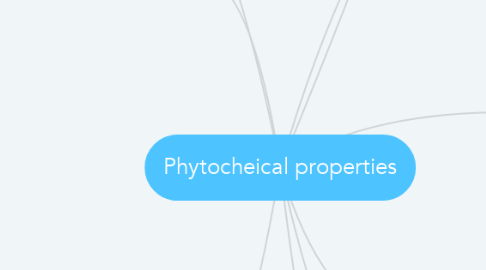Phytocheical properties
Door Ŕïyäd Múśtáfá


1. Flow properties
1.1. Factor affecting ( density, particle size, shape, eclectrostatic charges, adsorped moisture)
1.2. Determinantion of Flow properties by ( angles of repose, bulk density)
2. Organoleptic priperties
2.1. Color, odour, taste
3. Crystallinity and polymorphism
3.1. Internal structure : arrangement with the solid include cubic, tetragonal, hexagonal 1: crystalline 2: amorphous
3.2. External Description of the outer Appearance of crystal as acicular
3.3. Polymorphism Ability of compound to exit as two or more crystalline phases that have different arrangement (polymorph) have different in their physical properties even though chemically identical
3.3.1. Example : chloramohenicol exist in A, B, C forms B form is more stable
3.3.2. Polymorph is two Types 1: enantiotropic : if one form stable over certain pressure and temperature range while other polymorph is stable over different pressure and temperature 2: monotropic : only one polymorph is stable at all temperature below the Melting point with all other polymorph being un stable
3.4. Techniques for studying crystal properties 1: x ray crystallography 2: hot stage microscopy 3: infrared spectrophotometry 4 : thermal analysis
4. Dissolution Is a process in which solid substance solubilize in a given solvent
4.1. Rate of dissolution : amount of drug slibulize per unit time
4.2. Immediate release : means that 75 % of API is dissolved with 45 min Rapidly dissolve : > 85 % in < 30 min Very rapidly : >85% in 15 min
4.3. Factor affecting dissolution rate 1: physiochemical properties 2: formulation factor 3:processing factor 4: dissolution apparatus
4.4. Dissolution medium PH 6.8 buffer ( intestinal) PH 4.5 buffer PH 1.2 ( gastric)
4.4.1. Sink condition should maintain
